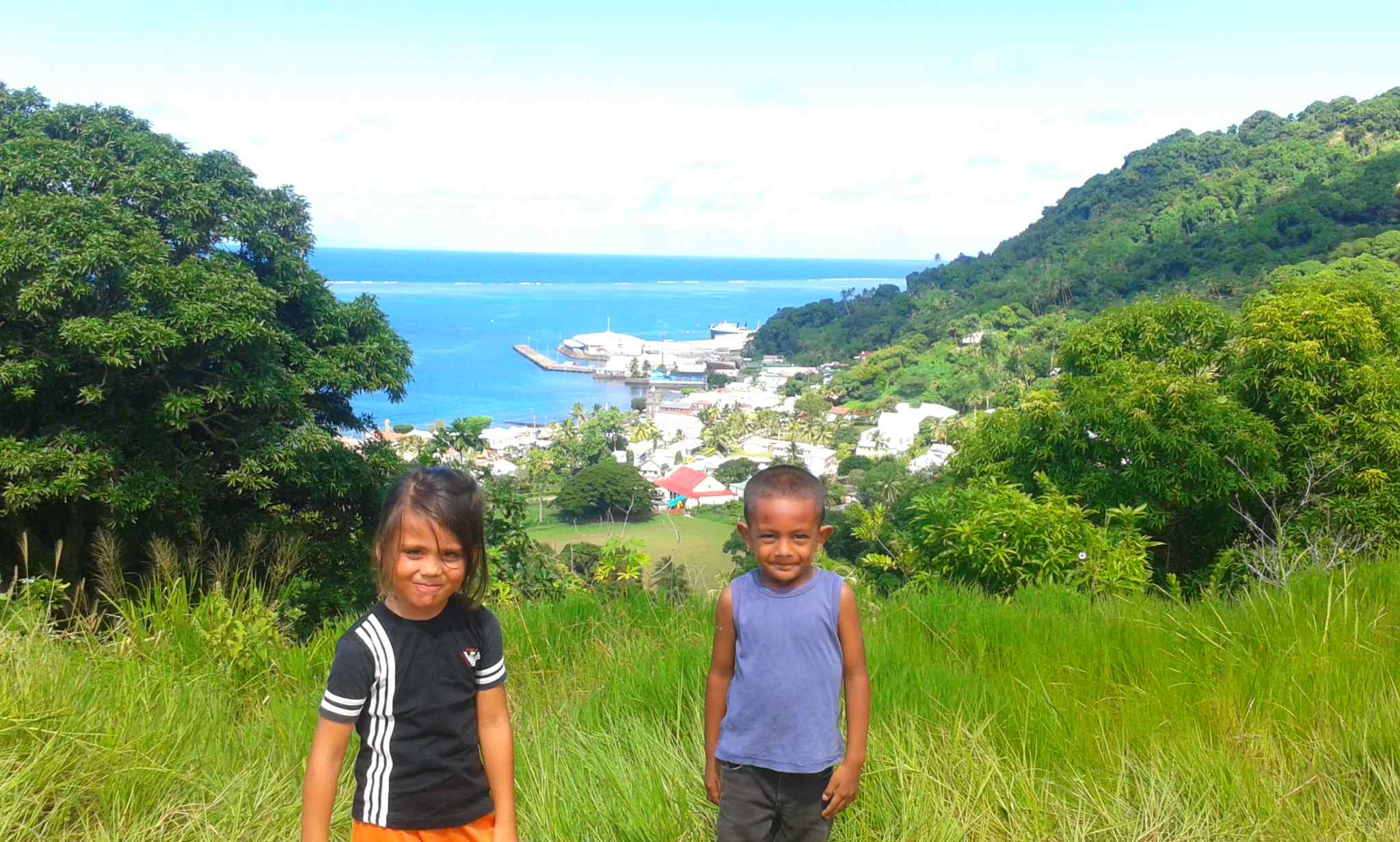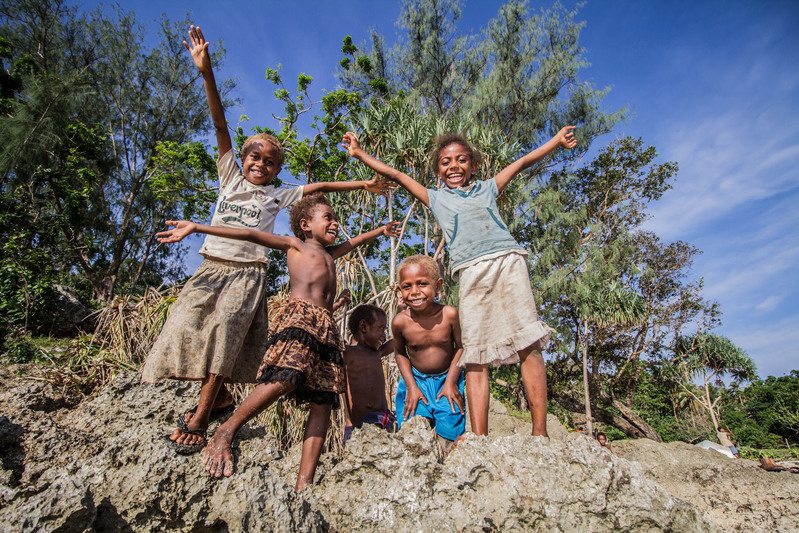Most of us know the story of coal miners and their caged canaries. When my seven-year-old daughter heard it, she was sad that the canaries had to give up their lives to warn the miners to get out. She asked me if miners still use canaries today and I reassured her: ‘No, we have come a long way since those days. The truth is, sometimes I fear that we Pacific Islanders are the closest thing to those canaries.
True, we are not choking on poisonous gases, but we are cornered and caged by incremental sea level rise, high tides that reach farther inland than ever before and saltwater intrusion. We do not drop dead like the canaries, but we brace ourselves for hurricanes that have become more frequent and stronger.

But this is not the story I tell my daughters. Instead, I remind them of who we are, where we come from and what we are made of. I tell them that it is in our history and in our nature that we protect our land and oceans.
I weave tales that explain how we are all connected by this one ocean. I tell them how the actions of other people reach into our lives, like shells, bottles and broken toys that wash up from foreign places on our beaches. I also tell them how our existence depends on the decisions the world makes, and why we can’t leave those decisions in the hands of others.
Writing a new story for Pacific Islanders
As I write this, I smile because the rising oceans are churning a new story that I can also share with my daughters. It’s the story of how Pacific people have proposed the world’s first international treaty to ban or phase out fossil fuels. Pacific civil society groups, including Greenpeace, developed the proposal for a regional climate treaty and sent it to Pacific leaders last week at their annual meeting.
Fourteen Pacific Island nations will now consider the treaty, which could herald the end of the fossil fuel era. If adopted, this landmark treaty will also be a framework that will provide support and guidance to Pacific Islanders’ governments to meet their national renewable energy targets.
So I do not tell my daughters that we are sinking. Instead I tell them how we chose to lead the struggle to limit the global temperature rise to 1.5C, because a 2C limit is inadequate and unacceptable. I tell them how we take on more than our fair share of the burden of arresting global warming, because our connection to the land and the ocean demands it from us.

Finding our own path
One day, a long time from now, I will tell my daughters of the time when the elders of the world gathered to find a way to soothe this warming planet. And how, at that gathering, our big brothers and our neighbors across the oceans turned their backs on us. How they set timid goals and halfway measures to curb the warming that threatened to sink us all. I will tell them how Pacific Islanders chose to set an example to the rest of the world and find our own path to clean energy.
I will tell them that we did all of these things and more for their benefit, for the future of their children and for the planet. It may be years before this story reaches its end, but in the meantime I hope that the world will match the tempo of urgency that rings in the voice of the Pacific people. And I hope that you too will be part of this amazing story.
You may also like…
https://www.greenpeace.org.au/wp/the-rise-of-pacific-power/


